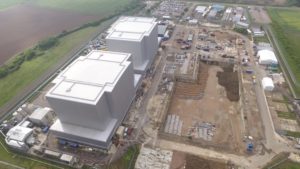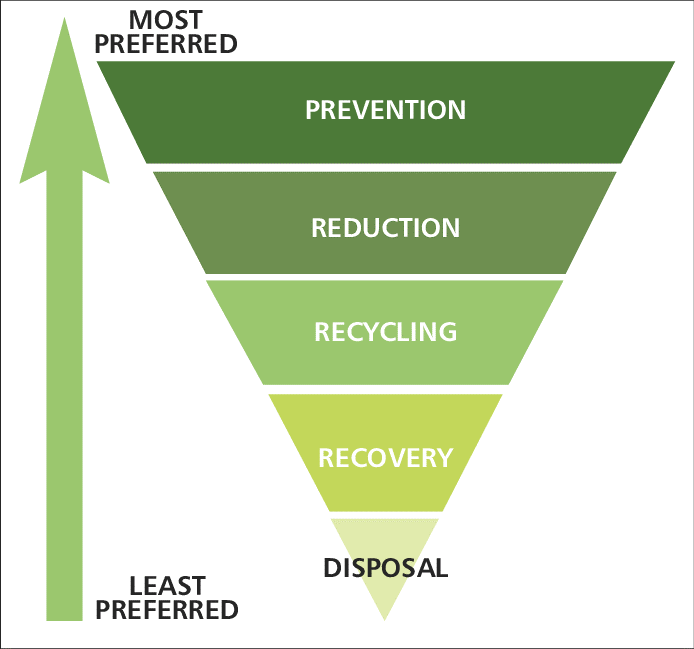
Figure 1: UK Magnox power plant in Bradwell enters Care and Maintenance, where it will be left to decay before final demolition. (Source: UK Government. Reproduced under open license)
All nuclear facilities have a finite operating life. For commercial nuclear power plants, this is typically 30 – 60 years. Around the world, over 115 commercial power reactors, 48 experimental or prototype reactors, and 250 research reactors have ceased operation1.
Nuclear decommissioning is the process following the useful lifespan of a nuclear facility. It involves managing and eventually dismantling, a facility to a point where it no longer requires radiation protection measures, and the land can be repurposed for its next use.
Around Europe, there are 150 shut-down nuclear facilities, which have either begun or are waiting to begin decommissioning.
The IAEA defines 3 possible approaches to decommissioning2:
| Name | Description |
| Immediate dismantling | This option allows for the facility to be removed from regulatory control relatively soon after shutdown or termination of regulated activities. Final dismantling or decontamination activities can begin within a few months or years, depending on the facility. Following removal from regulatory control, the site is then available for re-use. |
| Safe enclosure/safestore | This option postpones the final removal of controls for a longer period, usually in the order of 40 to 60 years. The facility is placed into a safe storage configuration until the eventual dismantling and decontamination activities occur after residual radioactivity has decayed. There is a risk in this case of regulatory change which could increase costs unpredictably. The benefits of safe enclosure include a lower radiological occupational risk to workers when dismantling. |
| Entombment | This option entails placing the facility into a condition that will allow the remaining on-site radioactive material to remain on-site without ever removing it fully. It usually involves reducing the size of the area where the radioactive material is located and then encasing the facility in a long-lived structure such as concrete, which is designed to last for a long period of time to ensure the remaining radioactivity is no longer of concern. |
Financing and responsibility of decommissioning
The decommissioning of nuclear facilities and its associated costs falls to the operator or owner.
 Funding methods vary, however there are common approaches which are used. The most common is a continuous fund, where a small percentage of profits is separated into a safeguarded account.
Funding methods vary, however there are common approaches which are used. The most common is a continuous fund, where a small percentage of profits is separated into a safeguarded account.
Defueling and hazard reduction:
Immediately after shut down of a nuclear facility, hazard reduction is the priority. Defueling of the reactor can take up to a year
Waste management
During the process of decommissioning, large volumes of concrete and steel are created, which need to be managed.
The waste hierarchy describes a preferential method of reducing and managing waste. As the arisings of concrete and steel have already been created, it is not possible to prevent or reduce their arisings at this stage. However, much can be recycled or reused where allowed by national regulation.
In order for the materials to be recycled or reused, the radioactivity must meet defined ‘clearance levels’4. If materials do not meet this clearance level, then it is not deemed suitable and then must therefore be disposed of appropriately. See our page on Waste Management to learn more.
References
1 World Nuclear Association – Decommissioning Nuclear Facilities. Accessed 07/08/19 at:
https://www.world-nuclear.org/information-library/nuclear-fuel-cycle/nuclear-wastes/decommissioning-nuclear-facilities.aspx
2 IAEA – Decommissioning of nuclear installations. Accessed 06/08/19 at:
https://www.iaea.org/topics/decommissioning
3 Framework for a Green economy transition: towards a low-carbon, climate resilient and resource efficient city.
https://www.researchgate.net/figure/The-waste-management-hierarchy-Adapted-from-UNEP-2011-24_fig2_315687574
4 OECD (2017) – Recycling and Reuse of Materials Arising from the Decommissioning of Nuclear Facilities.
https://www.oecd-nea.org/rwm/pubs/2017/7310-recycle-decom.pdf

The approach which is chosen by a country ultimately falls to National Policy.